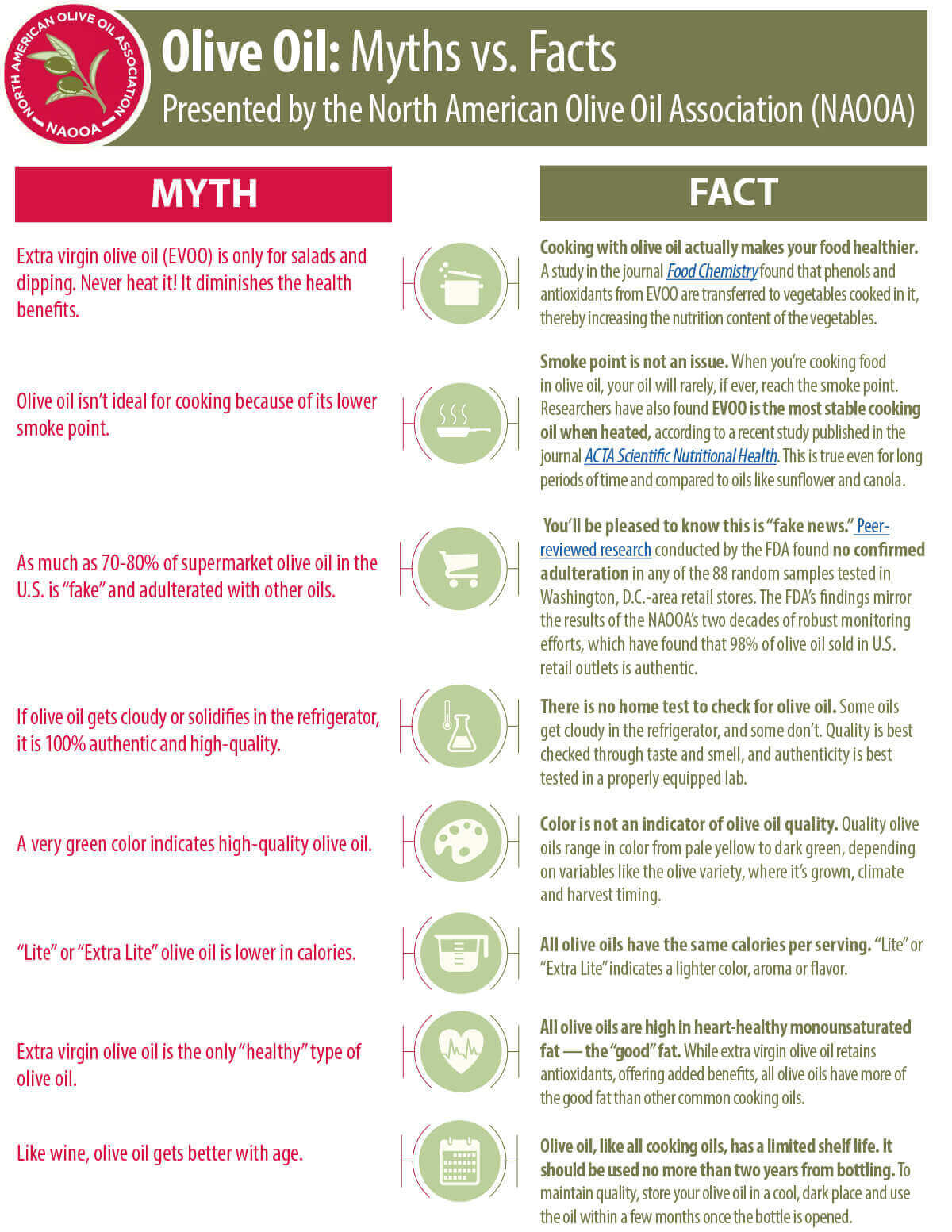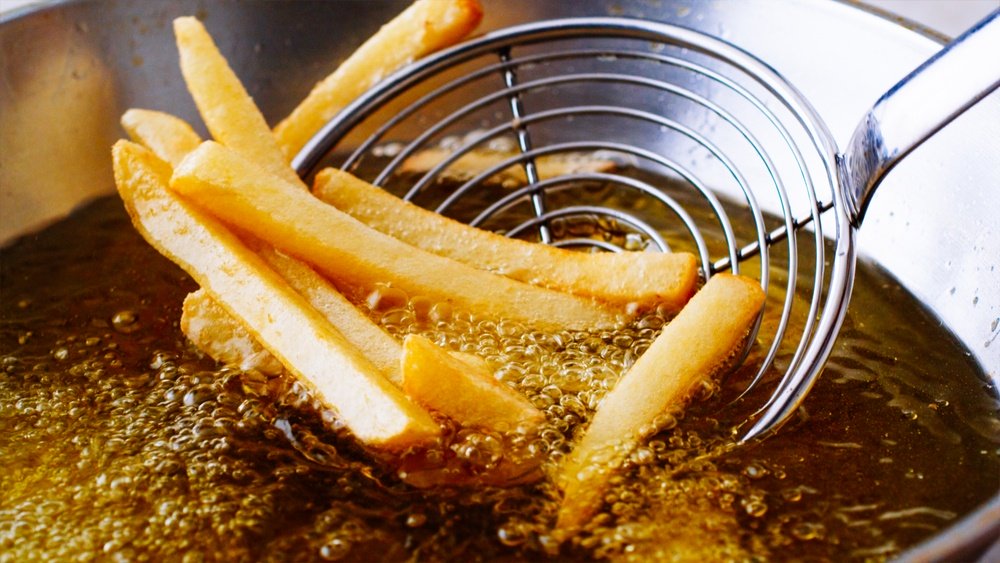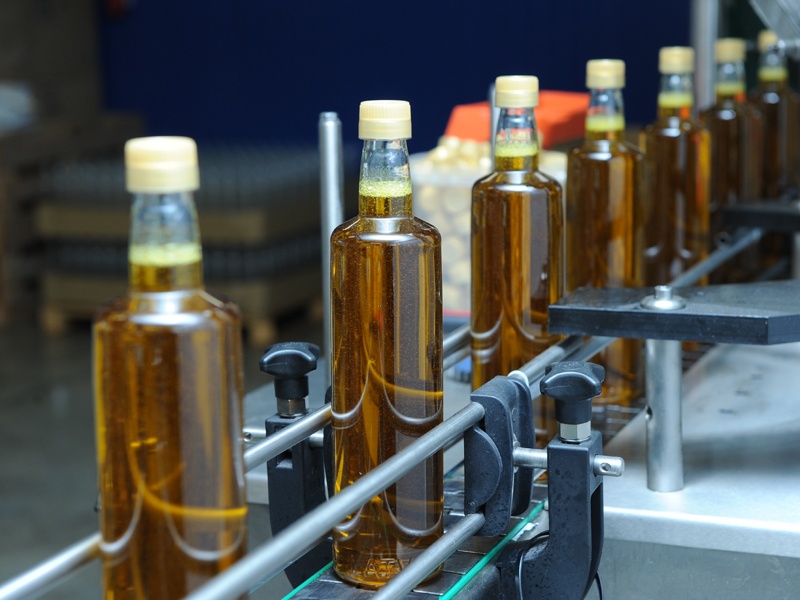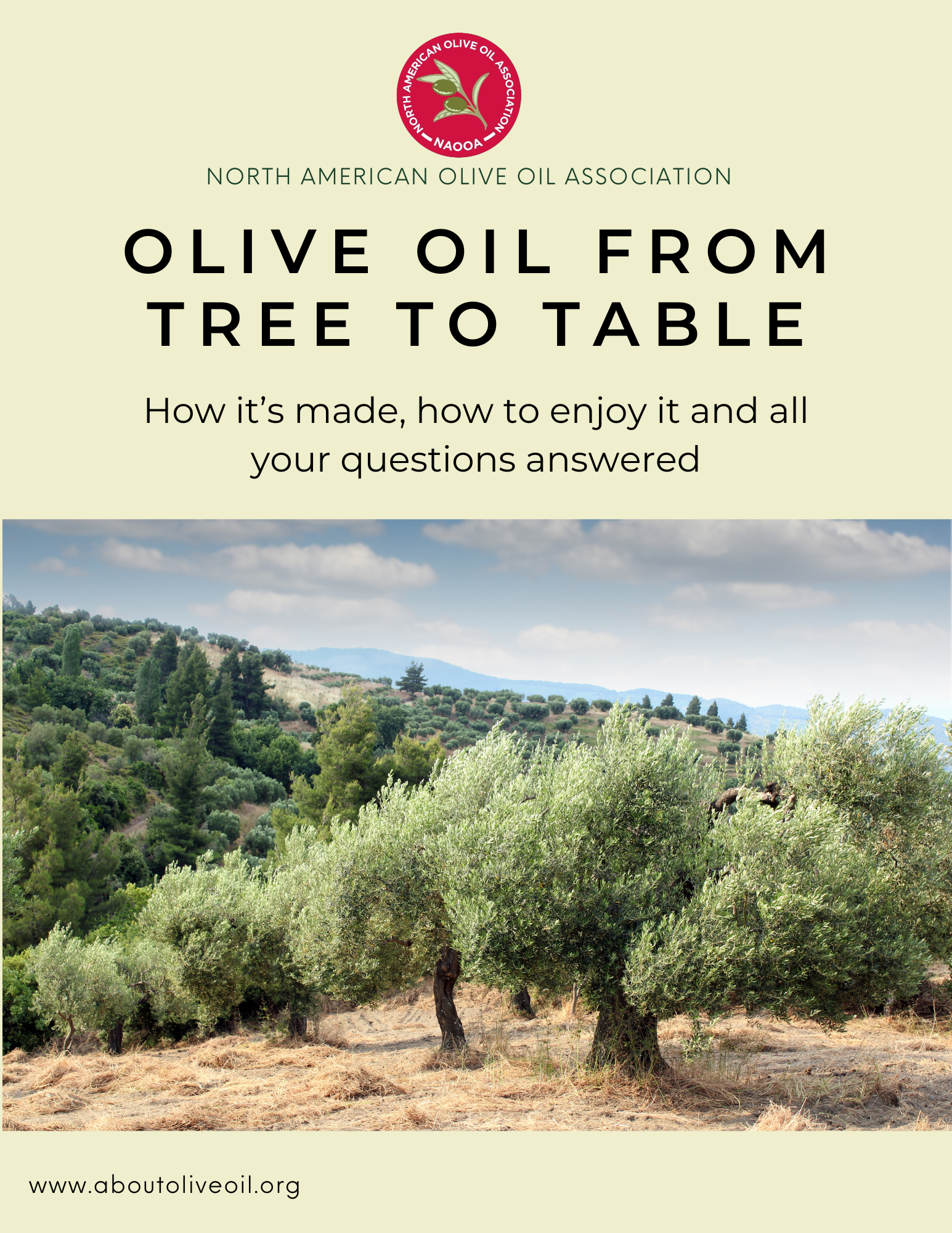There is a lot of misinformation concerning olive oil on the Internet. Here's a side-by-side look at the myths and facts about olive oil.

Olive Oil Myths vs Facts
Presented by the North American Olive Oil Association |
|
| MYTHS |
FACTS |
| Extra virgin olive oil (EVOO) is only for salads and dipping. Never heat it! It diminishes the health benefits. |
Cooking with olive oil actually makes your food healthier. A study in the journal Food Chemistry found that phenols and antioxidants from EVOO are transferred to vegetables cooked in it, thereby increasing the nutrition content of the vegetables. |
| Olive oil isn't ideal for cooking because of its lower smoke point. |
Smoke point is not an issue. When you're cooking food in olive oil, your oil will rarely, if ever, reach the smoke point. Researchers have also found EVOO is the most stable cooking oil when heated, according to a recent study published in the journal ACTA Scientific Nutritional Health. This is true even for long periods of time and compared to oils like sunflower and canola. |
| As much as 70 - 80% of supermarket olive oil in the U.S. is "fake" and adulterated with other oils.
|
You'll be pleased to know this is "fake news." Peer-reviewed research conducted by the FDA found no confirmed adulteration in any of the 88 random samples tested in Washington, D.C.-area retail stores. The FDA's findings mirror the results of the NAOOA's two decades of robust monitoring efforts, which have found that 98% of olive oil sold in U.S. retail outlets is authentic. |
| If olive oil gets cloudy or solidifies in the refrigerator, it is 100% authentic and high quality. |
There is NO HOME TEST to check for olive oil. Some oils get cloudy in the refrigerator and some don't. Quality is best checked through taste and smell–authenticity is best tested in a properly-equipped lab. |
| A very green color indicates high quality olive oil. |
COLOR IS NOT an indicator of olive oil quality. Quality olive oils range in color from pale yellow to dark green, depending on variables like the olive variety, where it's grown, climate and harvest timing. |
| "Lite" or "Extra Light" olive oil is lower in calories. |
All olive oils have the SAME CALORIES PER SERVING. "Lite" or "Extra Lite" indicates a lighter color, aroma or flavor. |
| Extra virgin olive oil is the only "healthy" type of olive oil. |
ALL OLIVE OILS are high in heart-healthy monounsaturated fat – the "good" fat. While extra virgin olive oil retains antioxidants offering added benefits, offering added benefits, all olive oils have more of the good fat than other common cooking oils. |
| Like wine, olive oil gets better with age. |
Olive oil, like all cooking oils, has a limited shelf life. It should be used no more than two years from bottling. To maintain quality, store your olive oil in a cool, dark place and use the oil within a few months once the bottle is opened. |
To download a PDF version of this page: Olive Oil Facts PDF






